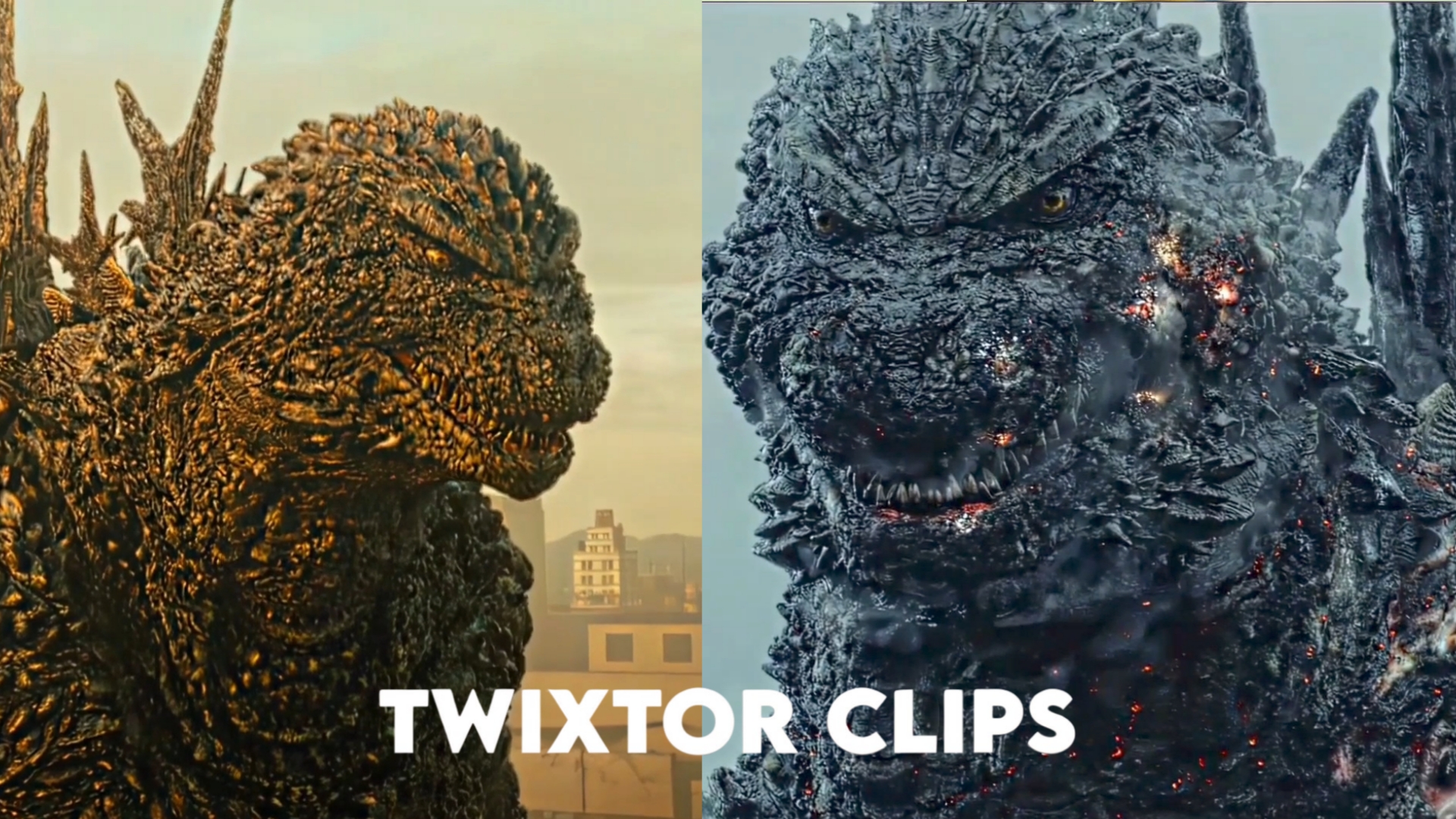♦MOVIES TWIXTOR CLIPS♦
Download Movies Twixtor for Edits : https://moviestwixtor.com/movies-twixtor/
Download Series Twixtor For Edits :https://moviestwixtor.com/movies-clips/
Download Anime Twixtor for Edits : https://animeworldtwixtor.com/
Subscribe to Youtube Channel For More Clips & Twixtors : YOUTUBE
Text Me on Instagram To Request Twixtor / Clips / Promotion : RDJ EDITS / ANIMEWORLD
Godzilla Twixtor
Godzilla: The Timeless King of Monsters
Godzilla is one of the most iconic and enduring characters in cinematic history. Originating in Japan in the 1950s, this gigantic, prehistoric sea monster has grown into a global phenomenon, appearing in dozens of films, television shows, comic books, and video games. More than just a fictional creature, Godzilla represents themes of destruction, survival, environmental crisis, and humanity’s relationship with nature and technology.
The character of Godzilla first appeared in the 1954 Japanese film Gojira, directed by Ishirō Honda and produced by Toho Studios. The film was made in the aftermath of World War II, at a time when Japan was still grappling with the devastation caused by the atomic bombings of Hiroshima and Nagasaki. Godzilla, a monster awakened and empowered by nuclear radiation, served as a metaphor for the dangers of nuclear weapons and mankind’s uncontrolled technological advancement. The original movie was dark, somber, and deeply symbolic, setting the tone for the franchise’s future.
Godzilla’s design has changed over time, but the central concept remains the same: a massive, reptilian creature with immense power, capable of laying waste to entire cities. Standing tall with rough, scaled skin, sharp dorsal fins, and a thunderous roar, Godzilla quickly became a cultural icon in Japan. His signature atomic breath—an energy beam he unleashes from his mouth—has become a hallmark of the character.
Over the decades, the tone of Godzilla films has shifted significantly. While the early films portrayed him as a destructive force of nature and a tragic figure, later movies often made him a heroic protector of Earth, battling other monsters that threatened humanity. These shifting roles helped keep the character fresh and appealing to new generations of fans. The series introduced many other famous creatures, such as Mothra, King Ghidorah, Rodan, and Mechagodzilla, leading to epic monster battles that thrilled audiences around the world. Godzilla Twixtor Godzilla Twixtor Godzilla Twixtor Godzilla Twixtor Godzilla Twixtor Godzilla Twixtor Godzilla Twixtor Godzilla Twixtor Godzilla Twixtor
Godzilla’s popularity soon extended beyond Japan. In 1956, Gojira was re-edited and released in the United States as Godzilla, King of the Monsters!, with added scenes featuring American actor Raymond Burr. This marked the beginning of Godzilla’s global journey. Over time, Western studios, including Hollywood, began producing their own versions of the monster, contributing to its legacy.
The 1998 American Godzilla film, directed by Roland Emmerich, introduced the creature to a new audience but received mixed reviews, especially from longtime fans. However, the character saw a major revival with the release of Legendary Pictures’ Godzilla in 2014, followed by Godzilla: King of the Monsters (2019) and Godzilla vs. Kong (2021). These films, part of the “MonsterVerse” franchise, successfully combined high-quality visual effects with respectful nods to the original Japanese series.
Godzilla has also made a strong impact outside of cinema. He has appeared in various forms of media, including animated shows, novels, comics, and even as a toy line. The character has become a symbol of Japanese pop culture, and in 2015, Godzilla was even appointed as an official tourism ambassador for the Shinjuku district in Tokyo.
What makes Godzilla so enduring is not just his immense size or power, but what he represents. In his earliest form, he was a warning against nuclear weapons. Later, he became a symbol of environmental destruction and the consequences of tampering with nature. In other portrayals, he stands as a guardian, fighting off greater evils to restore balance. This flexibility in symbolism allows each generation to find new meaning in the monster’s presence.
In conclusion, Godzilla is far more than just a movie monster. He is a cultural legend with a rich history and deep meaning behind his creation and evolution. Whether portrayed as a villain, a hero, or something in between, Godzilla continues to fascinate audiences worldwide. With each new film, the legacy of the King of Monsters grows stronger, ensuring his place in the hearts of fans for generations to come.

